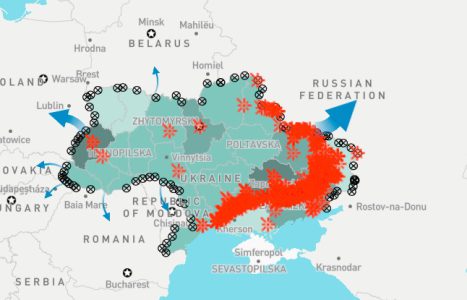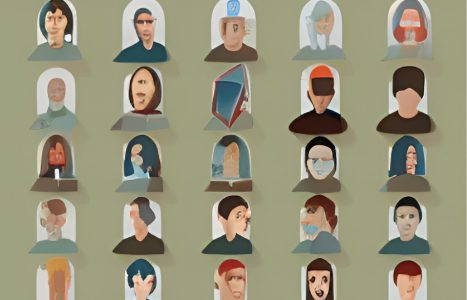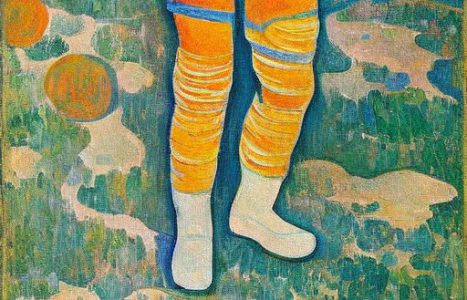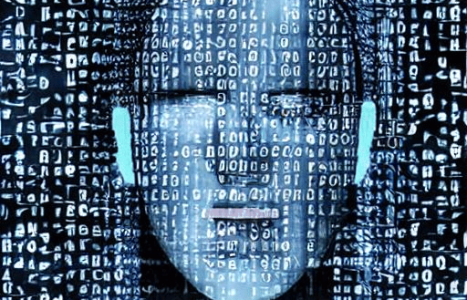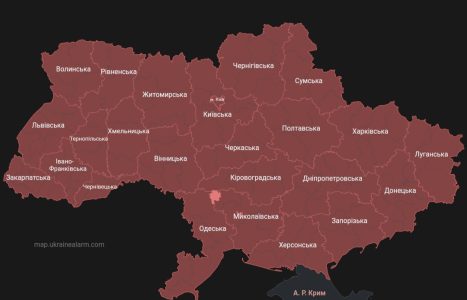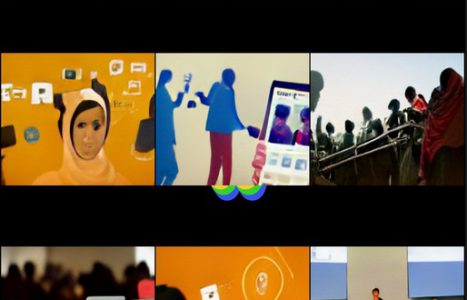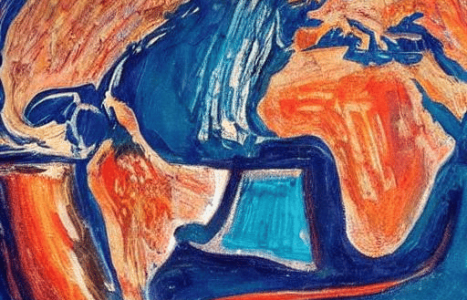Thank you and Goodbye!
Dear Readers, The time has come to say goodbye as our blog What The Aid is coming to an end. But let us first recap the last weeks. The main goal of our blog was to raise awareness and encourage you, our readers, to reflect on our leading thread innovation …


